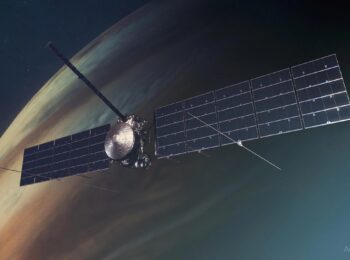The automotive industry is experiencing a seismic shift towards electrification, with Range Extended Electric Vehicles (REEVs) emerging as a powerful alternative to both traditional hybrids and full battery-electric vehicles (BEVs). These vehicles are designed to provide the best of both worlds: the efficiency and environmental benefits of electric propulsion with the convenience of an onboard generator that extends range when the battery runs low.
What Makes REEVs Different?
Unlike plug-in hybrids, where both an internal combustion engine (ICE) and an electric motor can drive the wheels, REEVs operate differently. In these vehicles, the ICE does not propel the car but instead functions solely as a generator to recharge the battery. This system allows for a longer driving range without the reliance on frequent charging stops while keeping emissions lower than conventional gasoline-powered cars.
REEVs typically drive in full electric mode, using a battery pack to power the motor. When the battery’s charge drops to a certain level, the range-extending generator kicks in, providing additional electricity to keep the vehicle moving. This setup eliminates range anxiety, one of the primary concerns among potential EV buyers, while also reducing the need for a massive and expensive battery pack.
Why Are Automakers Investing in REEVs?
Many leading manufacturers are seeing REEVs as a crucial stepping stone in the transition toward full electrification. Companies like Mazda, Nissan, Hyundai, Volkswagen’s Scout Motors, and Volvo Cars have all announced plans to integrate REEV models into their lineups.
Mazda’s MX-30 e-Skyactiv REV features a small rotary engine that serves as a generator, extending the car’s range beyond the battery’s 85 km capability.
Li Auto, a leader in China’s EREV market, is launching models with extended ranges of over 1,300 km.
Volkswagen’s Scout Motors is set to release the Scout Traveler SUV and Terra pickup truck with an optional range extender, offering consumers a versatile alternative for long-distance travel and off-road adventures.
Volvo Cars, in collaboration with its powertrain subsidiary Aurobay, is developing REEV powertrains as part of its electrification strategy. Aurobay’s BHE15 engine platform, a 1.5-liter four-cylinder engine, has been specifically designed for REEV applications, ensuring high efficiency and low emissions.
The Appeal of REEVs
REEVs offer significant advantages over BEVs and traditional plug-in hybrids:
Lower Emissions: Since the ICE in REEVs is used solely for electricity generation, it runs at an optimal, fuel-efficient level, reducing CO₂ emissions.
Extended Range: Unlike BEVs that rely exclusively on charging infrastructure, REEVs can travel long distances without frequent recharging.
Cost-Effectiveness: Smaller battery packs mean lower costs compared to long-range BEVs, making REEVs a more affordable alternative.
Charging Flexibility: While BEVs depend entirely on charging stations, REEVs provide additional flexibility, making them ideal for areas with underdeveloped charging networks.
Market Trends and Data
REEVs have seen a surge in adoption, particularly in China. EREV wholesale shipments in June 2024 reached 116,000 units, marking a 113% increase from the previous year. The increasing popularity of EREVs and plug-in hybrids has impacted BEV sales, which saw their market share drop by 13 percentage points year-over-year, while REEVs grew by five percentage points to 12% of the market.
Leading the way is Li Auto’s Li L9, a flagship luxury SUV that boasts a combined range of 877 miles (1,412 km), with 174 miles (280 km) coming from its battery alone. These figures illustrate the potential of REEVs to match and even surpass the range capabilities of some BEVs while maintaining greater operational flexibility.
The Road Ahead: Challenges and Competition
Despite their advantages, REEVs face some key challenges. One of the biggest threats comes from the development of solid-state batteries. These next-generation batteries promise longer ranges, faster charging times, and higher energy density, potentially reducing the need for range extenders. If solid-state batteries become commercially viable at scale, automakers may shift their focus entirely to BEVs, sidelining REEV development.
Regulatory factors also play a role. Some policymakers categorize REEVs alongside plug-in hybrids, limiting incentives and potential tax benefits that are typically reserved for zero-emission vehicles. With the European Union’s Euro 6e-bis-FCM emissions standard set to take effect in 2027, automakers will need to ensure that their REEVs comply with evolving regulatory frameworks to remain competitive.
Conclusion: A Transition Technology with Staying Power?
REEVs are shaping up to be a compelling solution for the near future, particularly in markets where charging infrastructure remains inconsistent or consumers are hesitant to commit fully to BEVs. By offering a bridge between gasoline-powered cars and fully electric vehicles, REEVs could play a pivotal role in the automotive industry’s shift towards sustainability.
However, their success will depend on how quickly battery technology evolves and whether automakers continue to see value in this hybridized approach. With major companies such as Volkswagen, Volvo, and Mazda investing in range-extended models, the REEV era appears to be gaining momentum, promising a practical alternative for drivers looking for both efficiency and convenience.



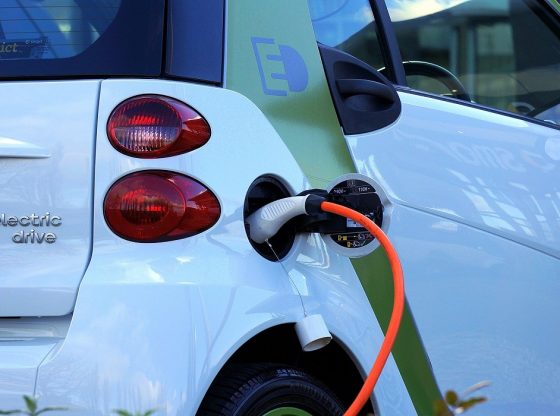

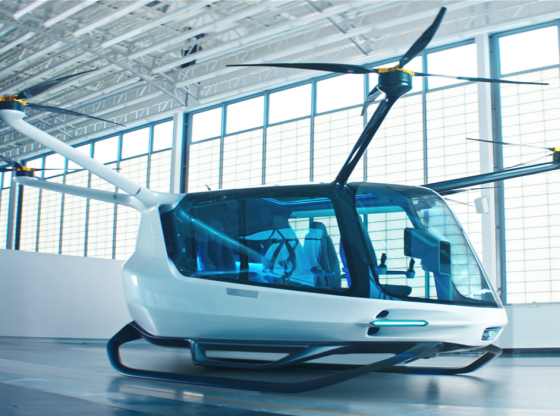

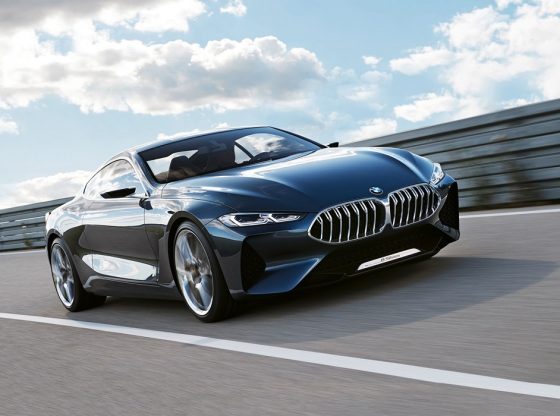

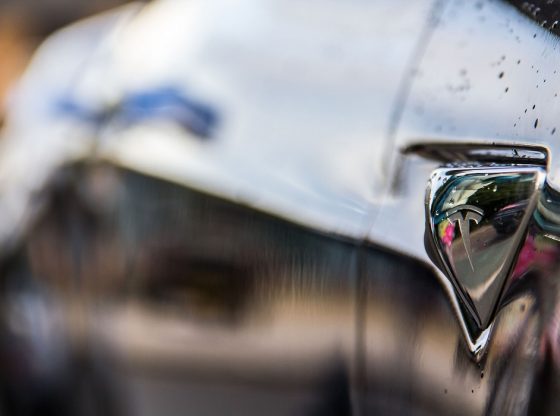

![OpenAI. (2025). ChatGPT [Large language model]. https://chatgpt.com](https://www.illustratedcuriosity.com/files/media/55136/b1b0b614-5b72-486c-901d-ff244549d67a-350x260.webp)
![OpenAI. (2025). ChatGPT [Large language model]. https://chatgpt.com](https://www.illustratedcuriosity.com/files/media/55124/79bc18fa-f616-4951-856f-cc724ad5d497-350x260.webp)
![OpenAI. (2025). ChatGPT [Large language model]. https://chatgpt.com](https://www.illustratedcuriosity.com/files/media/55099/2638a982-b4de-4913-8a1c-1479df352bf3-350x260.webp)


